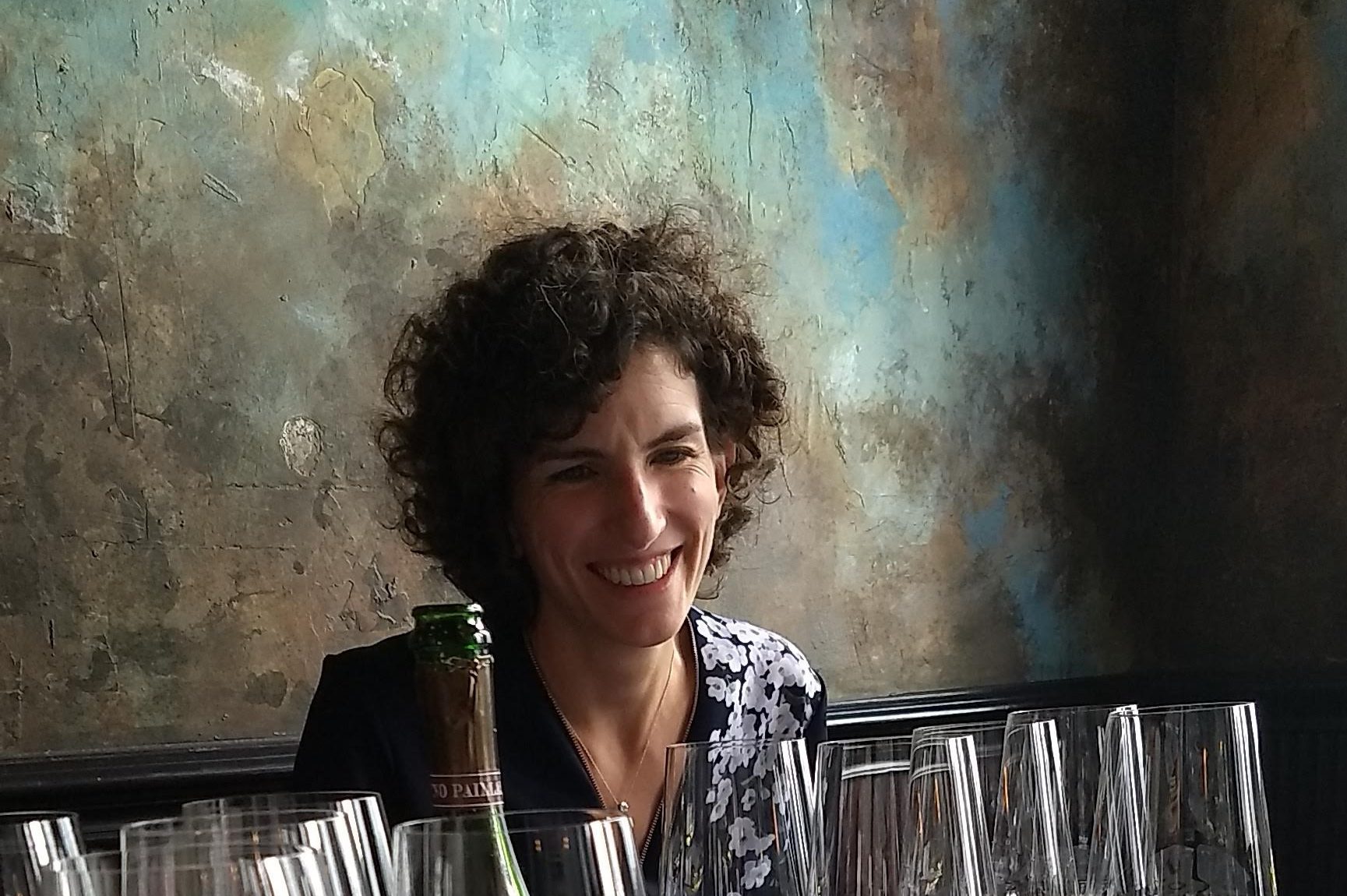| ‘We have a lot to thank Jean-Claude Rouzaud for,’ says Alice Paillard. We (Alice and I) were talking about the just completed 2019 Champagne harvest and how wine growers generally seem more prepared to wait for the perfect moment to pick grapes, rather than rush into the vineyards the minute the opening dates for their crus are set and pick as soon as the alcohol potential has reached the minimum level required. This more relaxed attitude owes a great deal, Alice suggests, to the fact that they know they have more than half a harvest held in reserve which they can draw on if they fail to meet the maximum permitted yield across their holdings. It was Rouzaud, one of the most influential figures in Champagne as the head of Louis Roederer, who championed the importance of ‘reserve wine’ in Champagne and argued that larger quantities should be set aside when as President of the Syndicat de Grandes Marques in the early 1990s he attempted to introduce many far-reaching reforms. (Reserve wine is usually still wine that is held back in excellent vintages; it can then be released to compensate for a smaller vintage, or ‘smooth out’ an uneven one.) The reserve and how it is employed has evolved considerably since the very first time a part of the harvest was set aside back in 1938. Up until 1992 this only happened on six further occasions in 1954, 1975, 1976, and three times in the 1980s: initially in the large, high quality crops of 1982 and 1983, and then again in 1986. In the early nineties (1992–94 ), perhaps under Rouzaud’s influence, there were three consecutive years when wine was put into what became known as the ‘reserve qualitative’ and two more in 1998 and 1999, the first two harvests over 300 million bottles, though this was partly to cater for an expected Millennium surge in sales. Greater use of reserve wines was encouraged further by changes in the way which Champagne’s governing body, the Comité Interprofessionel du vin de Champagne (CIVC), regulates champagne production. While in the 1990s the CIVC more regularly used the system of blocage under which a portion of the crop may be put into a reserve and not bottled, but kept for future use, from 1998 it decided to alter the system to a continuous reserve, allowing individuals to take wine out of their own reserves under certain circumstances, if they had for some reason, perhaps because of replanting vines, disease, frost or hail, not been able to reach the basic authorized harvest yield. Prior to this change, the decisions were all collective and didn’t take into account individual situations. This was the game changer, and as a result the size of the reserve, although it fluctuates from year to year, dropping after short harvests like 2003 and 2012 when more reserve wine is released to be used in blends, has followed a steady upward trend. The average level held in 2000 after the 1999 harvest was 3,300kgs/ha. After the bumper 2018 harvest it reached 7, 750kgs/ha, just 250kgs/ha below the maximum allowed. Reserve wine now plays a much more significant role in the make-up of non-vintage blends and is one of the most significant factors in ratcheting up the general quality of non-vintage champagne. That it encourages growers to aim for quality rather than volume at harvest time is just one of its beneficial side effects. If Rouzaud is largely responsible for this, then he does, as Alice says, deserve the thanks of all the Champenois. | ||
| AUTHOR Award winning writer Giles Fallowfield is an acknowledged expert on the wines of Champagne and the region, who has gleaned his knowledge from regular visits there over the past 30 years. |
FACT FILE ChampagneGeography: Champagne has a cool continental climate, spring frosts are common. Chalk soil (Kimmeridgian clay in Côte des Bar) provides good drainage throughout the region. Grape varieties: Chardonnay, Pinot Noir, Pinot Meunier Viticulture: The Comité Champagne (CIVC) sets the yield each year and fixes the harvest dates per grape variety village by village each year. Winemaking: Wines made by traditional method (méthode traditionnelle): secondary fermentation in bottle, yeast autolysis, riddling, disgorgement, corking. Subregions: Vallée de la Marne, Montagne de Reims, Côte des Blancs, Côte de Sézanne, Côte des Bar Style of wines : Non-Vintage, Vintage, Rosé, Blanc de Blancs, Blanc de Noirs, Prestige Cuvée, Demi-sec |
A Large Reserve Brings Many Benefits




